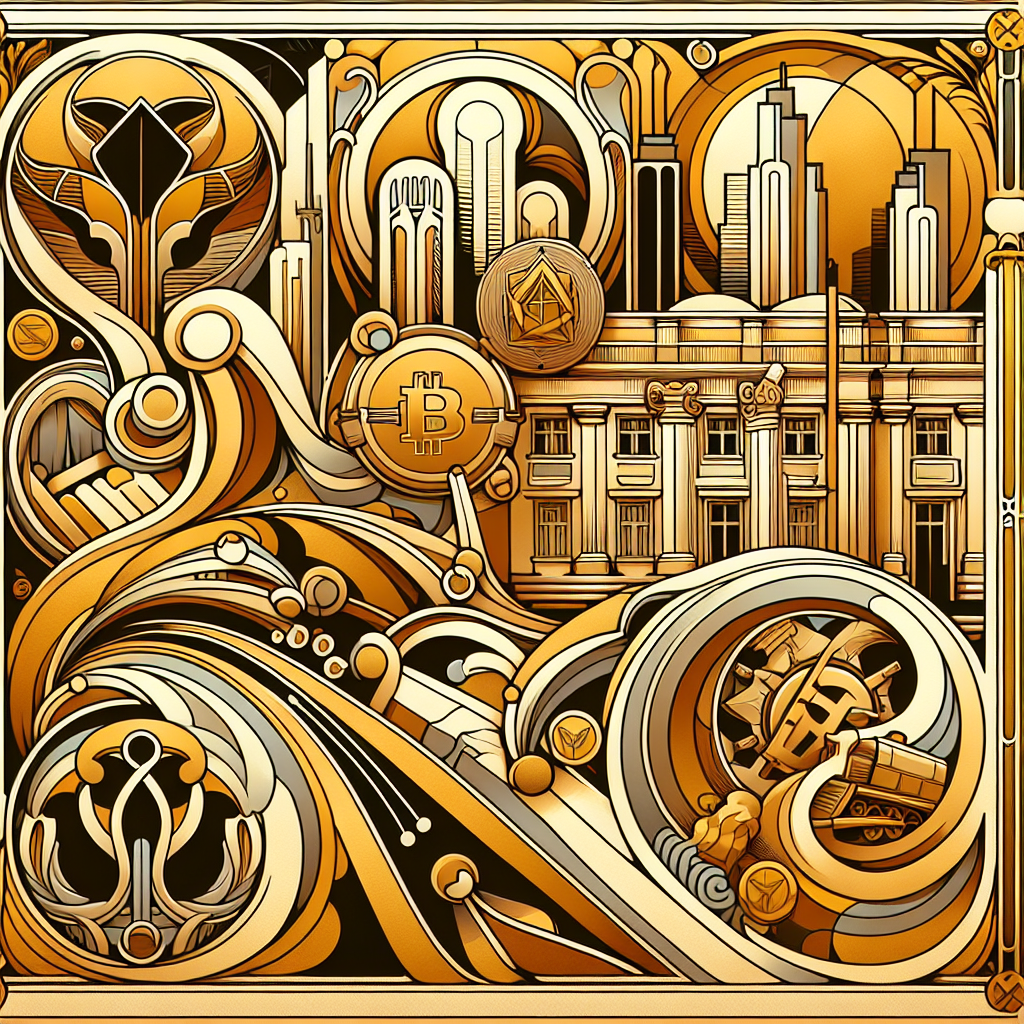DeFi 3.0: Why Real-World Assets Will Revolutionize Finance More Than Any Technical Innovation

Let's cut through the noise about zero-knowledge proofs, fancy Layer 2 solutions, and the endless technical buzzwords dominating crypto conversations. The real revolution in DeFi isn't coming from elegant code or consensus mechanisms — it's arriving in the form of putting actual, valuable stuff on-chain.
Beyond the Technical Obsession
The crypto world loves its technical innovations. We've seen DeFi evolve dramatically through its iterations:
- DeFi 1.0: Basic financial primitives emerged (lending, trading, borrowing) with platforms like Uniswap and Compound, but were plagued by high fees and poor user experiences.
- DeFi 2.0: Brought yield farming, liquidity mining, and better incentive models, yet struggled with sustainability and questionable tokenomics.
- DeFi 3.0: Now focusing on cross-chain functionality, improved user experiences, and — most importantly — integrating real-world assets.
While zero-knowledge proofs and new consensus mechanisms certainly help with scalability and privacy, they're merely optimizing pipes in a system that's still largely disconnected from the broader economy. It's like building an incredibly efficient power grid for a ghost town — impressive engineering, but limited utility.
The $867 Trillion Elephant in the Room
Here's where things get interesting. The total addressable market for tokenization isn't some abstract concept — it's a staggering $867 trillion of real-world assets waiting to be brought on-chain:
- Real Estate: Approximately $370 trillion
- Fixed-Income Debt: Around $127 trillion
- Plus hundreds of trillions more in commodities, art, intellectual property, and other asset classes
For context, the entire cryptocurrency market cap currently hovers around $2 trillion. We're talking about an opportunity several hundred times larger than everything crypto has accomplished so far. If that doesn't wake you up from your technical slumber, I don't know what will.
The killer app for blockchain was never digital cats or algorithmic stablecoins that implode spectacularly. It was always about bringing the massive world of real assets into a programmable, fractionalized, and globally accessible format.
New Financial Primitives: Beyond Technical Optimizations
RWA integration isn't just about making existing DeFi protocols slightly better — it's creating entirely new financial primitives that couldn't exist before:
1. Fractional Ownership of Previously Illiquid Assets
Most valuable assets in the world are highly illiquid. Try selling 2% of a commercial building or 5% of a rare painting. With tokenization, previously indivisible assets become fractionalized, creating liquidity where none existed before.
2. Unified Global Markets for Local Assets
Real estate in Manhattan, farmland in Brazil, and apartment buildings in Tokyo can now trade on the same platforms with the same infrastructure and liquidity. Geographic boundaries dissolve when assets become tokens.
3. Composability Between Traditional and Decentralized Finance
When real-world assets enter DeFi, they can immediately interact with existing protocols. Imagine taking a tokenized portion of a rental property and using it as collateral in lending platforms, or farming yield with tokenized carbon credits.
These aren't incremental improvements — they're entirely new financial paradigms that couldn't exist before tokenization.
Success Stories Are Already Emerging
This isn't purely theoretical. Projects are already making significant headway:
- MakerDAO has allocated over $700 million to RWAs within its protocol, generating steady yield backed by U.S. Treasury bonds.
- Ondo Finance is building tokenized vehicles for traditional financial products, making them accessible to global markets without traditional barriers.
- Pendle allows for trading future yields from real-world assets, creating entirely new ways to speculate on and hedge against interest rate movements.
- Ethena offers innovative stable assets backed by real-world collateral, addressing the weaknesses of purely algorithmic approaches.
These projects aren't just incorporating RWAs as a marketing gimmick — they're fundamentally reimagining what's possible when real-world value meets composable, programmable finance.
The Bridge We've Been Waiting For
DeFi has always faced one fundamental challenge: bridging to the traditional financial world without compromising on its core principles. Technical innovations like zero-knowledge proofs and complex consensus mechanisms solve important problems, but they don't address this fundamental disconnect.
RWAs are the critical bridge. They bring:
- Real-world relevance to a still-niche financial system
- Stability through connection to tangible assets
- Familiarity for traditional investors who understand the underlying assets
- Regulatory pathways as tokenized securities create clearer classification frameworks
The most remarkable aspect is how RWAs naturally solve many of DeFi's existing problems without requiring complex technical fixes. They address volatility, provide real yield (not just token emissions), and create sustainable economic models.
The Critical Challenges Ahead
Of course, tokenizing the real world isn't without obstacles. We face thorny questions around:
- Custody and legal frameworks: Who actually owns and controls the underlying assets?
- Regulatory compliance: How do we satisfy securities laws across jurisdictions?
- Oracle reliability: How do we reliably bring off-chain information on-chain?
- Standardization: Can we create consistent frameworks for diverse asset classes?
These challenges are significant, but they're primarily legal, regulatory, and business problems — not technical ones. This further underscores my point: the next frontier in DeFi isn't about building cooler technology; it's about solving these real-world integration problems.
The Future Is Tokenized
By 2030, estimates suggest the RWA tokenization market could exceed $30 trillion. That's not just growth — it's a fundamental transformation of how finance works globally.
While your crypto Twitter feed might be dominated by debates about EIP numbers and zero-knowledge proving systems, the quiet revolution of RWAs is already underway. The most substantial gains — both financial and in terms of adoption — will come from bridging the gap between DeFi and the $867 trillion of real economic value in the world.
So the next time someone tells you about the amazing technical features of their new L1 blockchain or the theoretical throughput of their sharding solution, ask them a simple question: 'That's nice, but how does it help bring real-world assets on-chain?' Because that's where the real revolution is happening.
The future of finance isn't just decentralized — it's tokenized. And that transformation will dwarf everything else crypto has accomplished so far.




